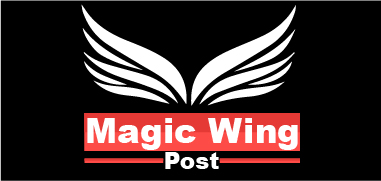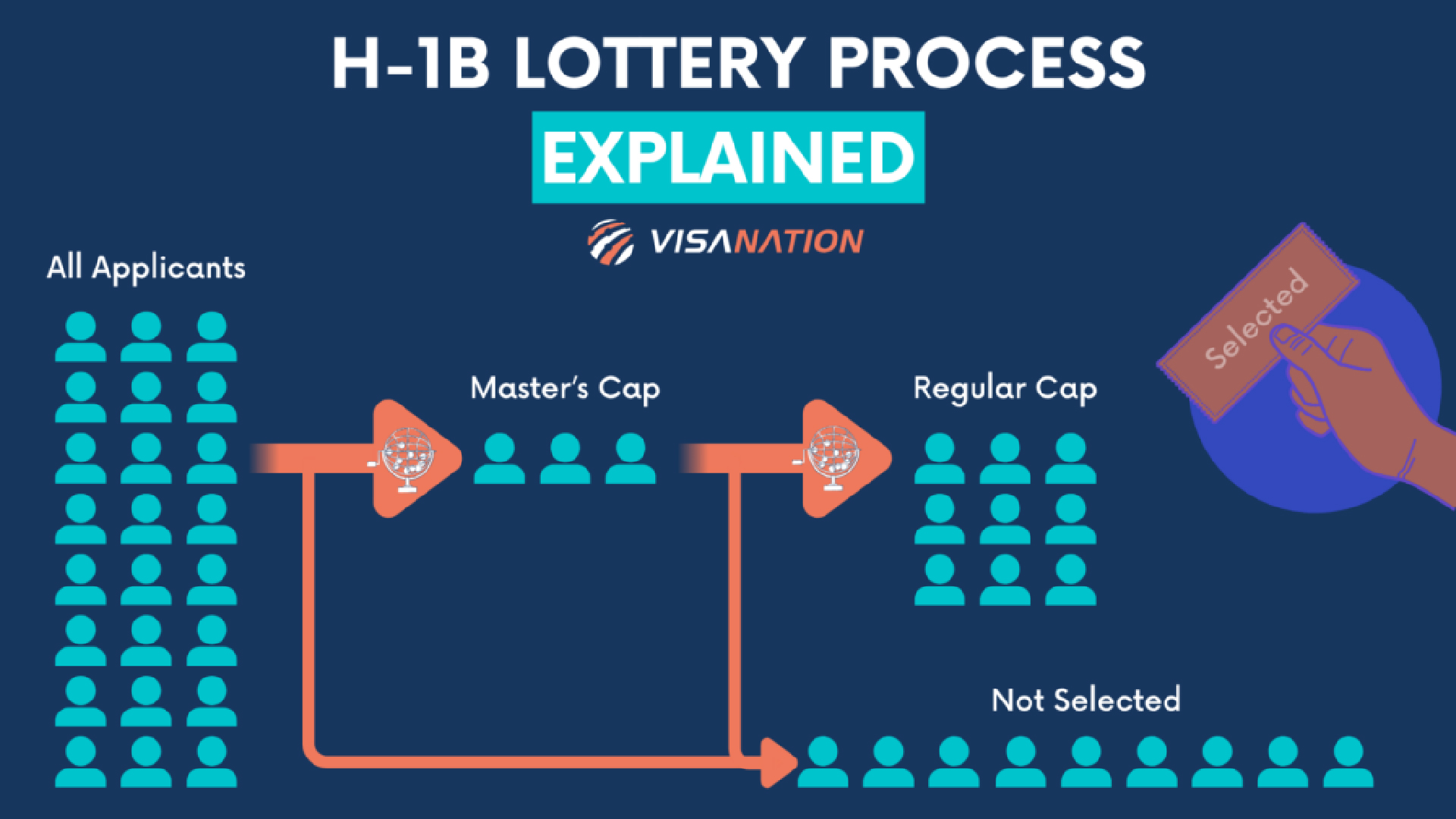The United States Citizenship and Immigration Services (USCIS) has recently released the second random selection for the FY 2025 H-1B cap, a significant event for employers and foreign workers alike. With the high demand for H-1B visas far exceeding the annual cap, the random selection process plays a crucial role in determining which applicants move forward in their employment journey in the U.S. This article delves into what this second random selection means, how the process works, and what applicants can expect moving forward.
Overview of the FY 2025 H-1B Cap Program
The H-1B visa program is a crucial pathway for foreign workers to be employed by U.S. companies in specialized fields such as technology, engineering, and healthcare. Every fiscal year, the U.S. government sets a cap on the number of H-1B visas that can be issued. For FY 2025, the cap remains consistent at 65,000 regular visas and 20,000 additional visas for applicants with advanced degrees from U.S. institutions, known as the Master’s cap.
This program is a lottery-based system, and due to high demand, the USCIS implements a random selection process. Applicants who are selected can proceed with their H-1B petitions, while those not selected must wait for future opportunities or pursue alternative visa options.
Key Points about the H-1B Cap for FY 2025:
- Regular Cap: 65,000 visas.
- Master’s Cap: 20,000 visas for applicants with advanced U.S. degrees.
- High Demand: The number of H-1B petitions submitted far exceeds the available visas, resulting in a lottery system.
- Random Selection: USCIS conducts random selections to fairly allocate visas under both caps.
USCIS Second Random Selection Process
The second random selection for the FY 2025 H-1B cap is a critical step in ensuring that all available H-1B visas are utilized. After the first selection round, where a large number of petitions were submitted, many employers and applicants were left waiting to see if they would be granted an opportunity. The second round comes into play when there are still unallocated visas after the first round, either due to petition denials, withdrawals, or companies not filing H-1B petitions after their applicants were selected in the first round.
How Does the Second Random Selection Work?
- Eligibility: All applicants who registered in the initial H-1B lottery but were not selected in the first round are automatically eligible for the second random selection.
- Process: USCIS uses a computer-generated random selection process to fill any remaining spots under the H-1B cap. This process is similar to the first round but only involves the remaining visa slots.
- Notification: Employers and applicants are notified through their USCIS accounts if they have been selected in this second round. Those selected can then proceed with filing their H-1B petitions.
Important Details:
- Timeline: The second random selection typically occurs a few months after the first round, once USCIS identifies the number of unallocated visas.
- No Additional Action: Applicants do not need to submit a new registration or take any additional steps to be included in this second round.
- Notification Method: Notifications are sent via email and the USCIS online portal, where selected applicants will receive instructions on how to proceed.
Impact of the Second Random Selection on Employers and Applicants
The second random selection has significant implications for both employers and applicants. For many U.S. companies, particularly those in the technology and healthcare sectors, the H-1B visa is a critical tool for hiring highly skilled foreign workers. The initial lottery round often leaves many employers without enough skilled labor to meet their business needs, making the second random selection a key opportunity.
For Employers:
- Hiring Needs: Many employers who were left without H-1B workers after the first round now have another chance to secure the talent they need. This can be particularly crucial for tech firms and startups that rely heavily on specialized skills that may not be easily available in the domestic market.
- Business Continuity: Employers who secure visas in the second round can continue their projects and growth plans without significant delays caused by labor shortages.
- Financial Impact: Companies invest considerable time and resources into the H-1B application process. A second chance reduces the potential for wasted resources spent on petitions that were not selected in the first round.
For Applicants:
- Renewed Hope: Applicants who were not selected in the first round get another shot at achieving their goal of working in the U.S. This can be particularly important for those who have invested in advanced degrees or possess specialized skills.
- Career Advancement: Being selected in the H-1B program is a major step toward career growth for many foreign workers. The second round provides an additional opportunity to begin or continue their careers in the U.S.
- Visa Approval Process: Once selected, applicants must still go through the formal H-1B petition process. However, getting past the lottery is often seen as the biggest hurdle.
Case Study: Tech Startup Benefits from Second Round
Consider a tech startup that applied for 10 H-1B visas in the first round but only had 3 selected. The second random selection gave them 2 more visa approvals, allowing them to hire the skilled developers they needed to launch their product on time. Without the second selection, they might have faced significant delays or been forced to outsource key development work.
Insights from Previous H-1B Selection Rounds
Looking back at previous H-1B selection rounds offers valuable insights into how the process has evolved and what trends we can observe. The H-1B visa program is known for its competitiveness, with demand consistently outpacing the annual cap. Understanding these past rounds can help both employers and applicants strategize for future opportunities.
Trends Observed in Previous Years:
- Increased Demand: Over the past few fiscal years, the number of H-1B registrations has steadily increased. For FY 2023, there were over 483,000 registrations, significantly higher than the 85,000 visas available under the cap.
- Higher Selection Odds in the Second Round: Historically, applicants who make it to the second random selection have a slightly higher chance of being selected. This is due to fewer total applicants being included in the second round, often resulting in a more favorable selection ratio.
- Unfilled Visa Slots: One key reason for the second selection is that not all applicants selected in the first round submit petitions. Some employers withdraw or fail to file H-1B petitions, creating a need for a second round to ensure all available visas are utilized.
- Consistency in Process: Despite fluctuations in the number of registrations, USCIS has maintained a consistent approach to the selection process, using computerized random selections to maintain fairness.
Key Learnings for Employers and Applicants:
- Strategic Planning: Employers should be prepared for the possibility of multiple selection rounds and plan their hiring timelines accordingly. Relying solely on the first selection may lead to workforce shortages.
- Patience Pays Off: Applicants should not lose hope if they aren’t selected in the first round. Many have found success in the second random selection, as USCIS works to ensure that all visa slots are filled.
- Alternative Visa Options: In years where the demand for H-1B visas is exceptionally high, employers and applicants may need to explore alternative work visas, such as L-1 or O-1 visas, if not selected.
What’s Next for H-1B Applicants After the Second Round?
For applicants selected in the second random selection, the journey is far from over. While getting through the lottery is a major milestone, the next steps in the H-1B process are equally important. Here’s what selected applicants and their employers should expect after the second round:
1. Filing the H-1B Petition
Once selected in the second random selection, employers must file the Form I-129, Petition for a Nonimmigrant Worker, on behalf of the selected applicant. This must be done within the timeframe specified by USCIS.
- Supporting Documentation: Employers must submit detailed documentation, including proof of the job offer, educational qualifications of the applicant, and evidence that the job qualifies as a “specialty occupation.”
- Filing Deadlines: USCIS provides a specific window during which employers must file petitions. Missing this deadline can lead to the petition being denied.
- Premium Processing Option: Employers may opt for premium processing, which expedites the review process for an additional fee. This can be especially useful for companies looking to hire workers quickly.
2. H-1B Petition Review Process
After submission, USCIS will review the petition to ensure all requirements are met. This step involves verifying that:
- The job qualifies as a specialty occupation.
- The applicant possesses the necessary qualifications.
- The employer can meet the wage requirements for the H-1B employee.
3. Approval or Request for Evidence (RFE)
- Approval: If the petition is approved, the applicant can move forward with obtaining their visa and beginning employment in the U.S.
- Request for Evidence (RFE): In some cases, USCIS may issue an RFE, asking for additional information to support the petition. Employers must respond to the RFE with the necessary documentation to avoid delays.
4. Starting Employment
Once the petition is approved, applicants can apply for their H-1B visa at a U.S. consulate in their home country (if outside the U.S.). After receiving the visa, they are eligible to begin work in the U.S. starting from October 1, the start of the fiscal year.
Table: Important Steps After H-1B Selection
| Step | Action Required |
| Petition Filing | Employer files Form I-129 with supporting documents |
| USCIS Review | Petition reviewed for eligibility and compliance |
| Approval or RFE | USCIS approves petition or requests additional information |
| Visa Application | Selected applicants apply for an H-1B visa at a U.S. consulate |
| Employment Start | Approved workers can begin employment from October 1 |
Conclusion
The release of the second random selection for the FY 2025 H-1B cap provides a crucial second opportunity for both employers and applicants who were not selected in the first round. As competition for H-1B visas continues to grow, understanding the nuances of this process becomes more important each year. The second random selection offers renewed hope to employers seeking specialized talent and to foreign professionals aiming to work in the U.S.
For applicants who are selected in this round, the path forward involves critical steps such as filing the petition, addressing any requests for evidence, and securing the visa. Meanwhile, employers must remain diligent in submitting accurate documentation and preparing for their selected candidates to start employment by the fiscal year’s start date.
The second random selection is not only a testament to the high demand for the H-1B visa but also an essential mechanism to ensure that all available visa slots are filled efficiently. As the landscape of U.S. immigration continues to evolve, staying informed about changes in the H-1B process will remain critical for those participating in the program.







1 Comment